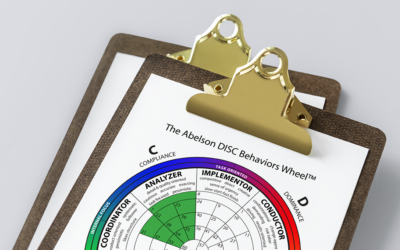The biggest misunderstanding of why people leave is that money will solve the problem. It’s a myth that paying people more is THE answer to retaining staff. It is true that certain people are driven by the need for money and the security money brings. They will leave for more money. If their primary and only motive is money, it won’t take much for them to leave and they will eventually leave no matter how much more money they receive from you. My advice is “let them go.” It’s just a matter of time before they will leave anyway. By meeting their demands for more money you risk causing compensation inequity related to others within your organization and significant negative impacts on profitability.
If money is not the biggest reason people leave, what is? It’s because management and leadership needs to do a better job. Study after study demonstrates this fact. I have personally performed numerous studies examining this issue. In every case, money motivated people to leave about 25% of the time. For some of these decisions, it took a lot of money before they were willing to leave. For other people, money was only one of the numerous reasons they left. The most often cited reasons people left revolve around management / leadership decisions and treatment of staff. These contributed to about 50% of turnover. The remaining 25% of the staff left for some other reason: family issues, illness, retirement, relocating with a spouse, change in career, etc.
What can management do to keep staff? Most of the solutions won’t cost a penny. A complete explanation would take a book, but here are 5 quick answers and relatively easy solutions. All are supported by numerous research studies:
- Demonstrate you care about them as a person and not just as an employee. If there are personal or family situations that are impacting them, show some compassion. It doesn’t mean you have to let them ignore their job. You hired them to do work. But show concern, compassion, and empathy. Follow the “golden rule.” Not “s/he who has the gold, rules”, but “do unto others as you would have them do unto you.”
- Make sure there is a fit between their personal behavior style and the behaviors that are required to do well on the job. This is a hiring or reassignment solution.
- There needs to be a fit between the motives and values of the organization and their personal motives/values. This is also a hiring or reassignment solution.
- Treat them with respect. For example, any criticism should be directed toward changeable behavior, not personal characteristics. Negative name-calling or derogatory statements are never constructive. If you have criticism, address it to behaviors they can change and work with them to develop and implement viable alternative behaviors.
- Reward appropriately. Reward them with something they value. That could be money, responsibility, the opportunity to learn more, the opportunity to train others on a personal specialty, the opportunity to receive positive feedback for selfless actions inside or outside the organization, etc.
If you are one of our clients, you can use our assessments to pinpoint what will work for that person. Everyone is different and responds to different things. Use our benchmarks or your common sense (if your organization does not have benchmarks) to implement Points #2, #3, and #5 above. Use our DISC assessment for Point #2. Use our Motives/Values assessment for Points #3 and #5.
Retention is solvable! Use your management/leadership relationship, not your money. You will get the type of reputation that will attract the right type of people to be under your sphere of influence. You and they will have a more enjoyable, productive, and financially viable relationship. If you have to close your doors because you can’t afford an escalated personnel payroll, no one benefits.





